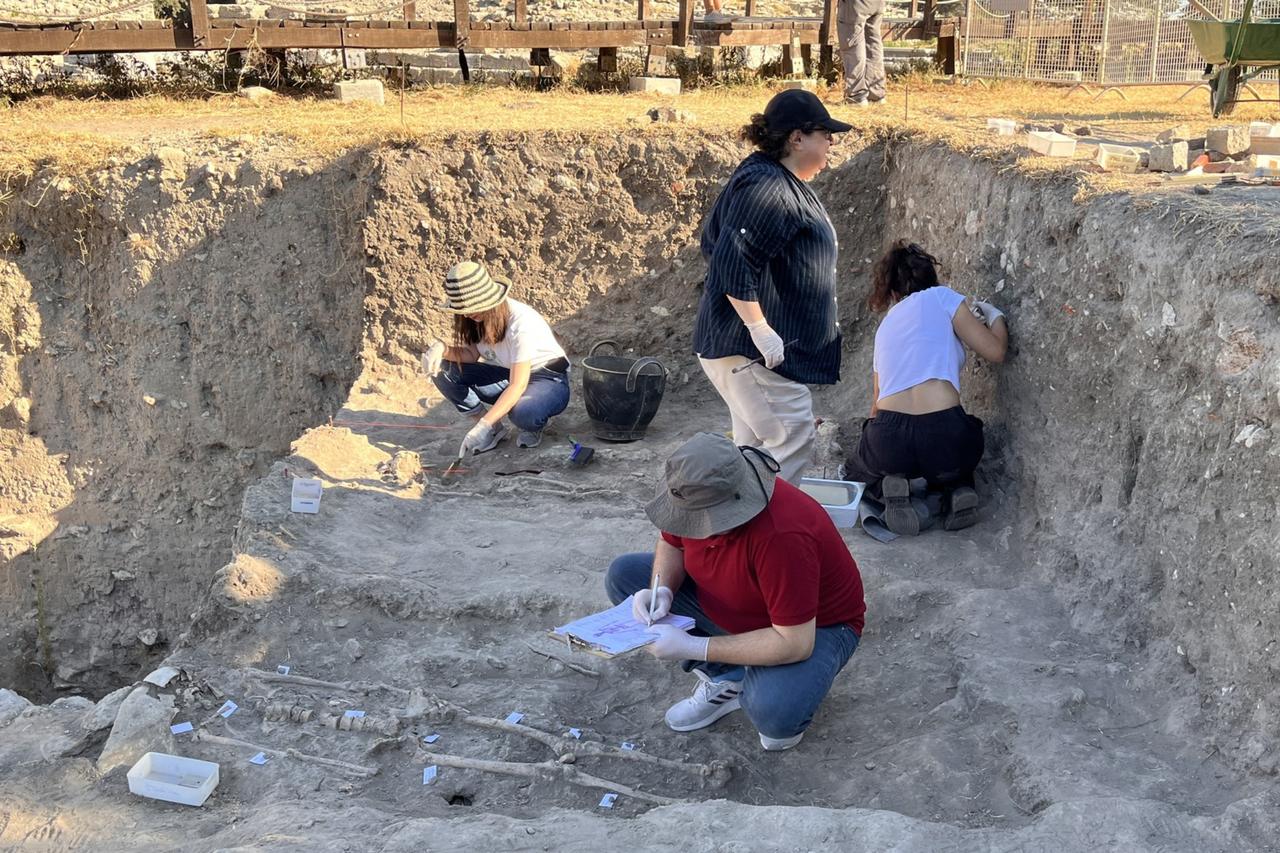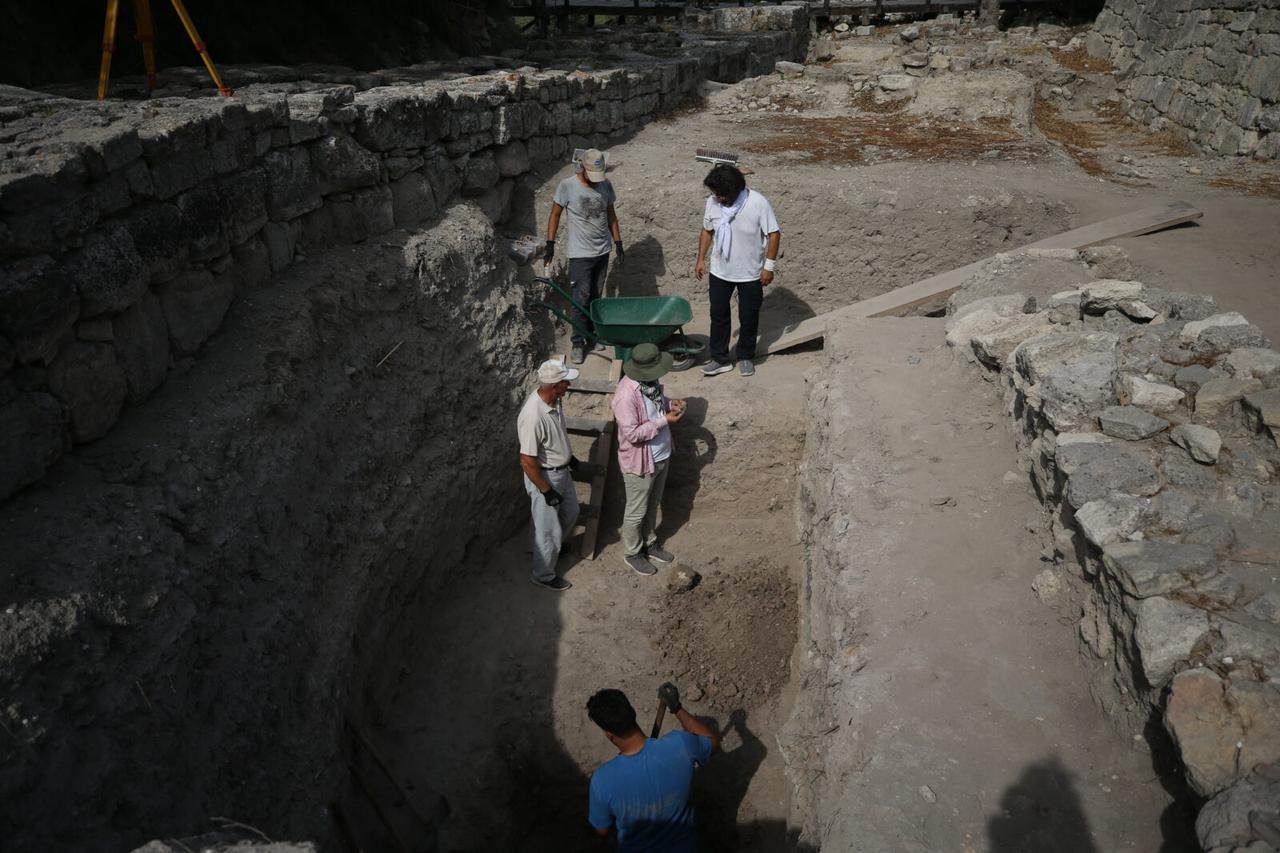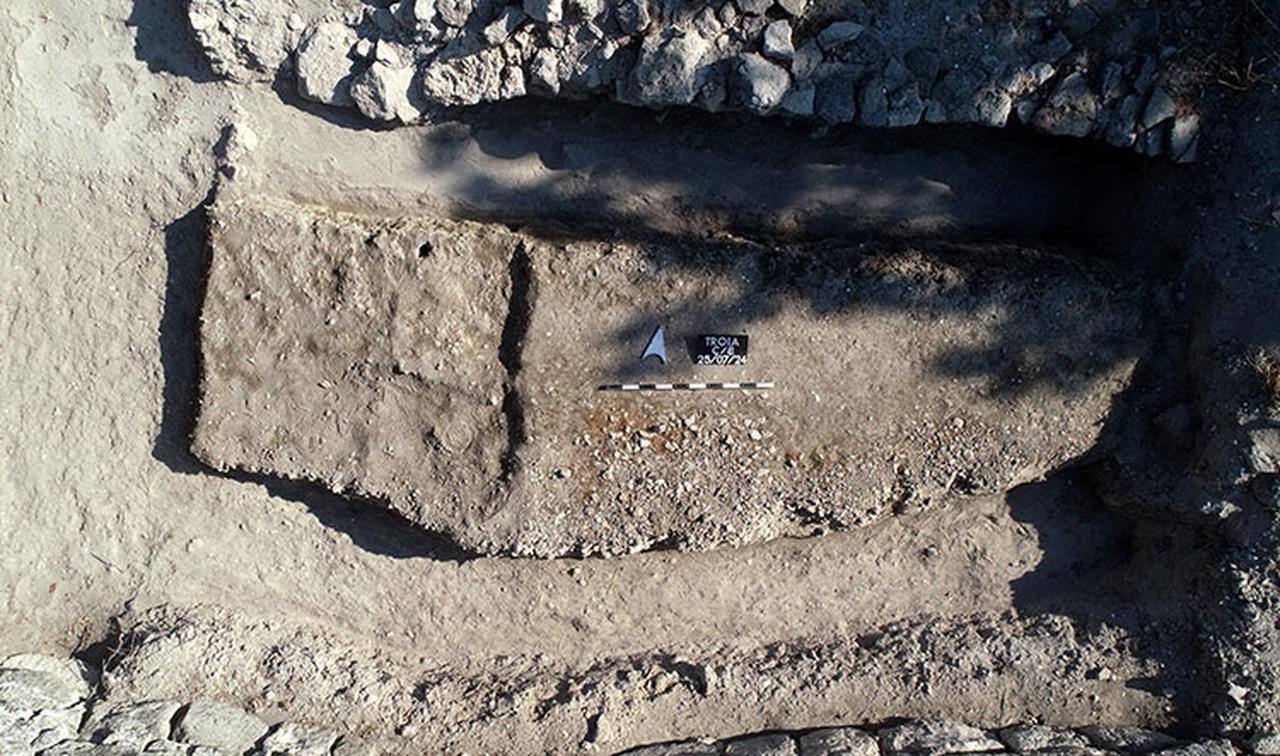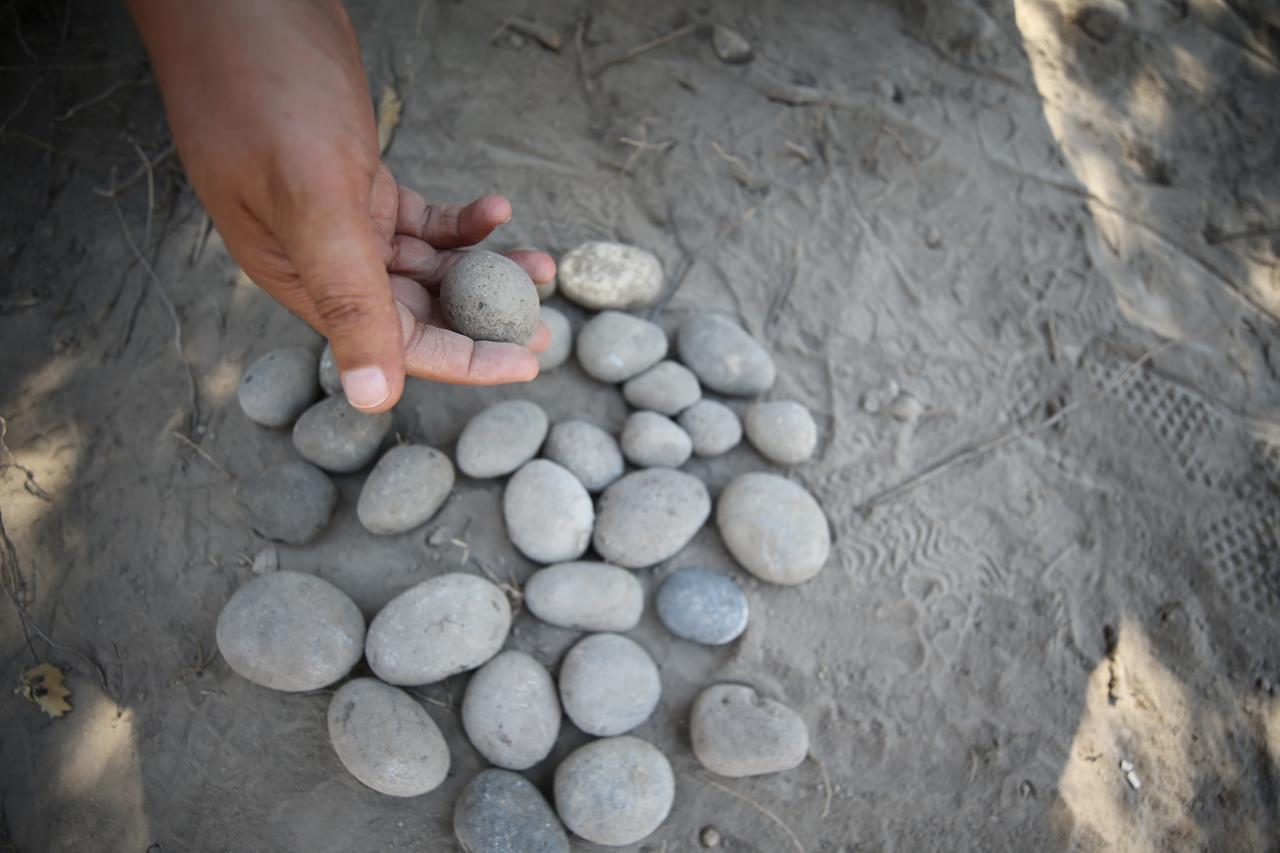
Long before Troy became the backdrop of Homer’s Iliad, with legendary battles and divine wrath, it was home to ordinary people living ordinary lives. Their daily activities—cooking, trading, building—left behind something more telling than myth: trash. Unlike today, when waste is quickly removed from view, rubbish in Bronze Age Troy, which spanned roughly from 3,000 to 1,000 B.C., remained nearby.
It accumulated in domestic spaces, forming layers that would eventually become the very ground future Trojans walked on.
Archaeologist Stephan Blum, who has spent over 16 seasons excavating the Bronze Age layers of Troy, emphasizes that this waste is anything but random. He describes it as “the diary no one meant to write.”
The University of Tubingen’s Troy Project, ongoing since 1988, has revealed that animal bones, ash, food scraps, and pottery shards were not just discarded but often reused—mixed into building materials, leveled into floors, or compacted into walls.
In these layers, archaeologists have found traces of kitchens, workshops, and storage areas, distinguished by their ratios of ash, pottery, bones, or grinding stones.

Rather than laziness or neglect, Troy’s refusal practices were pragmatic. With no organized sanitation, communities collectively decided where and how to dispose of their waste. These choices, Blum notes, reflect social dynamics—boundaries, roles, and status.
Waste disposal was not chaotic but spatially negotiated, offering clues about how the city functioned internally.
Over nearly two millennia of continuous habitation, debris built up to form a 15-meter-high mound. Within this thick accumulation, archaeologists identify nine major construction phases, each marked by hundreds of thin layers.

Some layers capture mundane events like hearth cleanings, while others preserve records of urban renewal. Together, they show how Troy evolved from a modest farming village to a complex regional hub with craft production, trade networks, and even monumental architecture.
As Troy expanded, its trash changed, too. Items made from distant materials like lapis lazuli and carnelian began to appear, pointing to long-distance trade. At the same time, more sophisticated tools and building techniques emerged, including one structure nearly 30 meters long—the largest of its time in Western Anatolia and the Aegean.
Waste zones became more specialized, showing a growing concern for spatial organization and community planning.

This rise was not without setbacks. By the mid-third millennium B.C., signs of decline appeared—simpler buildings, reduced household goods, and a drop in production debris suggest an economic or political slowdown.
Still, the city endured. By the mid-second millennium B.C., Troy saw a revival, marked by refined ceramics, luxury imports, and signs of increasing social complexity.
These very layers of trash would later become the mounds that Homer’s warriors had to climb during the legendary siege.
Far from being an inconvenience, Troy’s rubbish is an honest, unfiltered record of Bronze Age life. It reveals what truly mattered to its inhabitants—how they worked, what they ate, what they valued, and how they adapted.
As Blum concludes, “Troy’s trash heaps are the Bronze Age’s search history.” Through broken tools, leftover meals, and discarded imports, archaeologists continue to uncover the real story behind the legendary city.